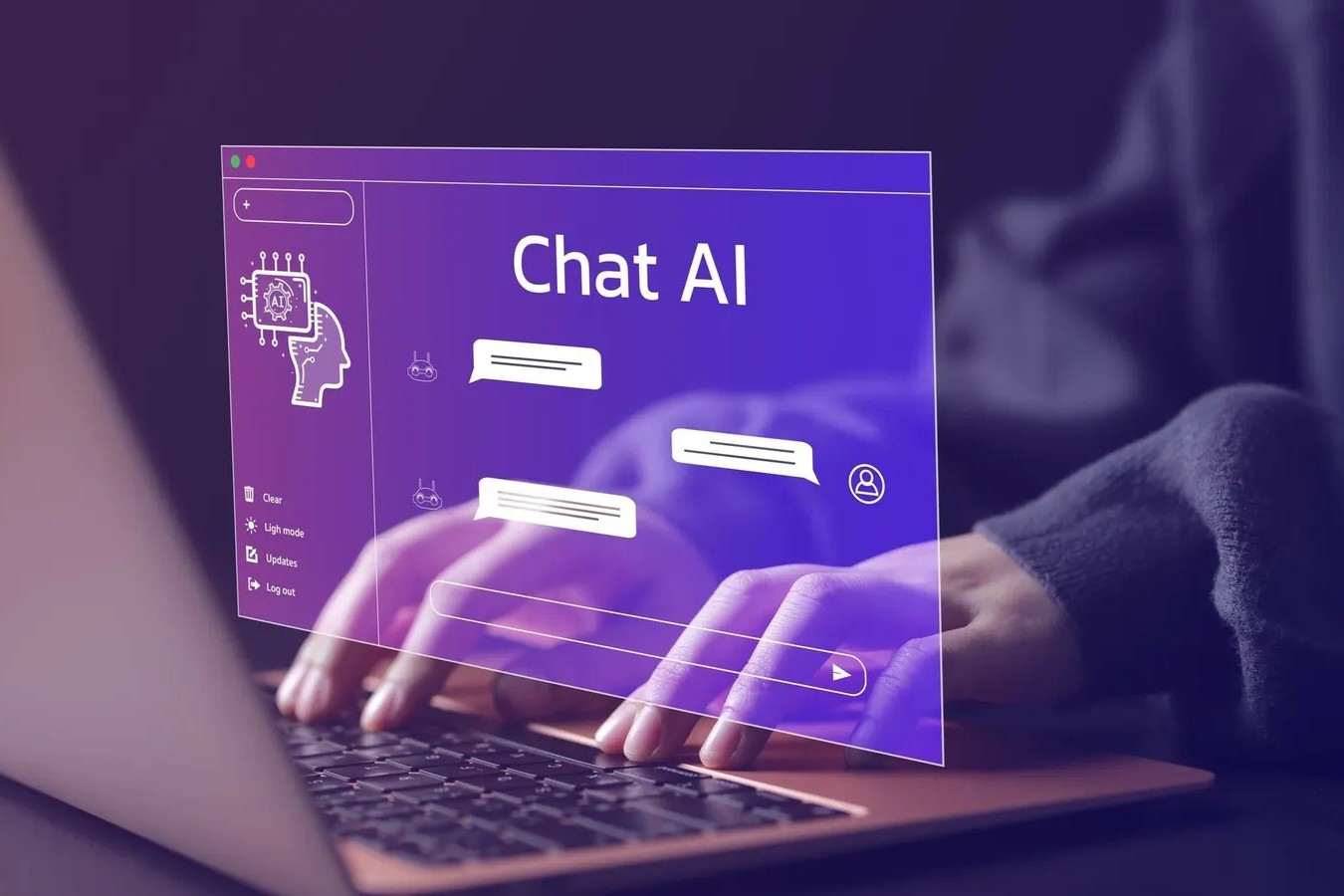
Artificial Intelligence (AI) chatbots have become a significant part of our daily lives, popping up in customer service, personal assistants, and even therapy sessions. But what makes these digital helpers tick? AI chatbots use complex algorithms and vast amounts of data to understand and respond to human language. They can learn from interactions, improving their responses over time. Some chatbots even mimic human-like conversations, making them seem almost real. From Siri to Alexa, these bots are everywhere. But how much do you really know about them? Here are 20 facts that will give you a deeper understanding of AI chatbots and their fascinating capabilities.
What is AI Chat?
Artificial Intelligence (AI) chat refers to computer programs designed to simulate human conversation. These programs, often called chatbots, use natural language processing (NLP) to understand and respond to user inputs. Here are some fascinating facts about AI chat.
-
First Chatbot: The first chatbot, ELIZA, was created in the 1960s by Joseph Weizenbaum. It mimicked a psychotherapist, responding to users with pre-programmed scripts.
-
Turing Test: Alan Turing proposed a test to determine if a machine could exhibit intelligent behavior indistinguishable from a human. Chatbots often aim to pass this test.
-
Customer Service: Many companies use AI chatbots for customer service. They can handle multiple queries simultaneously, reducing wait times and improving efficiency.
-
24/7 Availability: Unlike human agents, AI chatbots can operate around the clock, providing assistance at any time of day or night.
-
Language Translation: Some advanced chatbots can translate languages in real-time, breaking down communication barriers.
How AI Chat Works
Understanding how AI chat works involves diving into the technology behind it. Here are some key points.
-
Natural Language Processing (NLP): NLP allows chatbots to understand and interpret human language. It involves syntax, semantics, and context analysis.
-
Machine Learning: AI chatbots use machine learning to improve over time. They learn from interactions, becoming more accurate and efficient.
-
Data Training: Chatbots are trained on large datasets containing various conversations. This helps them understand different ways people might phrase questions.
-
Algorithms: Complex algorithms enable chatbots to generate appropriate responses. These algorithms consider context, user intent, and previous interactions.
-
Voice Recognition: Some AI chatbots can recognize and respond to voice commands, making interactions more natural and convenient.
Benefits of AI Chat
AI chat offers numerous benefits across different sectors. Here are some notable advantages.
-
Cost-Effective: Implementing AI chatbots can reduce operational costs by minimizing the need for human agents.
-
Scalability: AI chatbots can handle an increasing number of interactions without additional resources, making them highly scalable.
-
Personalization: Advanced chatbots can provide personalized responses based on user data, enhancing the user experience.
-
Data Collection: Chatbots can collect valuable data from interactions, helping businesses understand customer preferences and behavior.
-
Consistency: Unlike humans, chatbots provide consistent responses, ensuring uniformity in customer service.
Challenges of AI Chat
Despite the benefits, AI chat also faces several challenges. Here are some of the main issues.
-
Understanding Context: Chatbots sometimes struggle to understand context, leading to irrelevant or incorrect responses.
-
Complex Queries: Handling complex or multi-part queries can be difficult for chatbots, requiring human intervention.
-
Language Nuances: Understanding slang, idioms, and regional dialects can be challenging for AI chatbots.
-
Privacy Concerns: Collecting and storing user data raises privacy and security concerns that need to be addressed.
-
Dependence on Data: Chatbots rely heavily on data. Inaccurate or biased data can lead to poor performance and incorrect responses.
The Future of AI Chatbots
AI chatbots have come a long way. From simple text-based responses to complex conversational agents, they’re changing how we interact with technology. These bots can handle customer service, provide mental health support, and even assist in education. They’re not just tools; they’re becoming companions in our digital lives.
But remember, they’re not perfect. They can make mistakes and sometimes misunderstand context. As they evolve, ethical considerations like privacy and bias are crucial. Developers need to ensure these bots are fair and transparent.
AI chatbots are here to stay. They’ll keep getting better, more intuitive, and more integrated into our daily routines. So, next time you chat with a bot, know you’re part of a tech revolution that’s just getting started. Exciting times ahead!
Was this page helpful?
Our commitment to delivering trustworthy and engaging content is at the heart of what we do. Each fact on our site is contributed by real users like you, bringing a wealth of diverse insights and information. To ensure the highest standards of accuracy and reliability, our dedicated editors meticulously review each submission. This process guarantees that the facts we share are not only fascinating but also credible. Trust in our commitment to quality and authenticity as you explore and learn with us.
